Michigan, a state with diverse ecosystems ranging from forests to wetlands and grasslands, is home to a variety of wildlife, including 15 species of snakes. These reptiles play a crucial role in maintaining ecological balance, yet they often evoke a mixture of fascination and fear in people.
In this article, we’ll explore the 15 snake species that call Michigan home and learn about their characteristics and habitats.
- Eastern Massasauga
- Gray Rat Snake
- Black Rat Snake
- Eastern Fox Snake
- Blue Racer
- Copper-Bellied Water Snake
- Milk Snake
- Brown Snake
- Smooth Green Snake
- Queen Snake
- Northern Ribbon Snake
- Kirtland’s Snake
- Northern Water Snake
- Eastern Garter Snake
- Eastern Hognose Snake
1. Eastern Massasauga (Sistrurus catenatus catenatus)
The Eastern Massasauga, a venomous pit viper, is a rare sight in Michigan. Its habitat primarily consists of wetlands and grassy areas. The snake’s distinctive rattles on its tail serve as a warning to potential threats.

2. Gray Rat Snake (Pantherophis spiloides)
The Gray Rat Snake is one of the largest snake species in Michigan, known for its constricting abilities. It has a grayish appearance with dark blotches along its body and is primarily found in forests and grasslands.
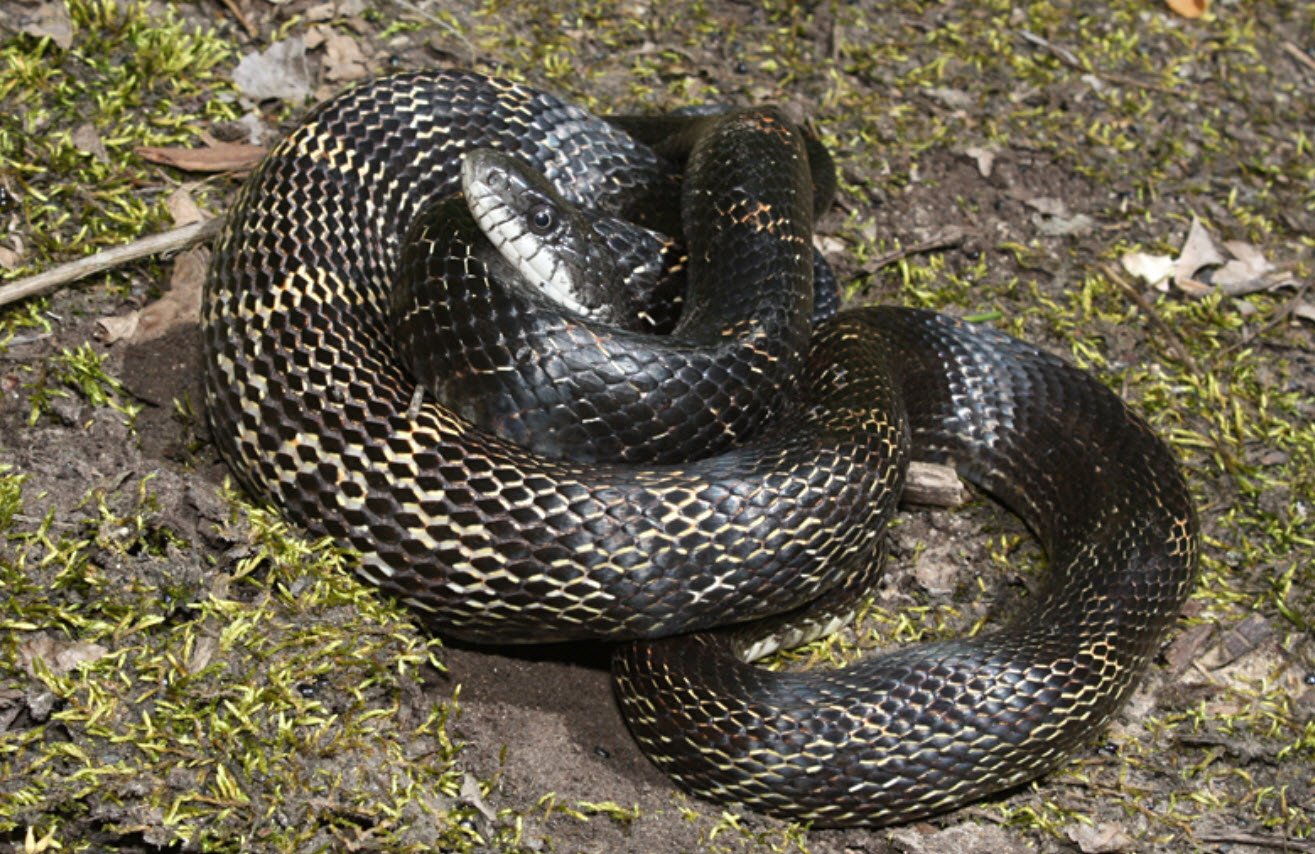
3. Black Rat Snake (Pantherophis obsoletus)
The Black Rat Snake is another constrictor found in Michigan, often confused with the Eastern Rat Snake. It showcases a glossy black color with a white underbelly and inhabits a variety of landscapes.

4. Eastern Fox Snake (Pantherophis gloydi)
Named for its fox-like appearance, the Eastern Fox Snake boasts a vibrant pattern and coloration. It resides in wetlands, marshes, and grasslands, feeding on small mammals and birds.
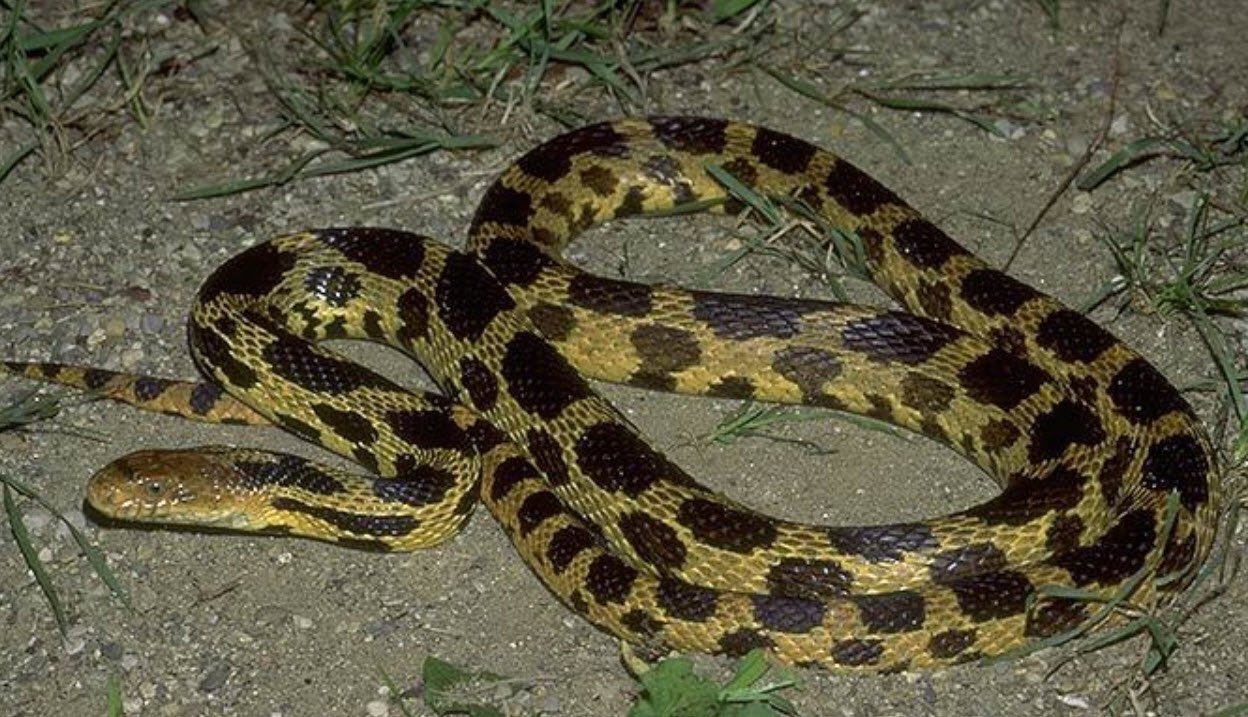
5. Blue Racer (Coluber constrictor foxii)
The Blue Racer, as the name suggests, has a blue hue and is one of the fastest snakes in Michigan. It favors grassy areas and is an essential part of the ecosystem as it controls rodent populations.

6. Copper-Bellied Water Snake (Nerodia erythrogaster neglecta)
The Copper-Bellied Water Snake is semi-aquatic, often found near lakes, rivers, and marshes. It is nonvenomous and exhibits a distinctive reddish-brown belly.

7. Milk Snake (Lampropeltis triangulum)
Milk Snakes are renowned for their attractive color patterns, which often mimic venomous coral snakes. These harmless snakes are found in a variety of habitats and play a crucial role in controlling rodent populations.
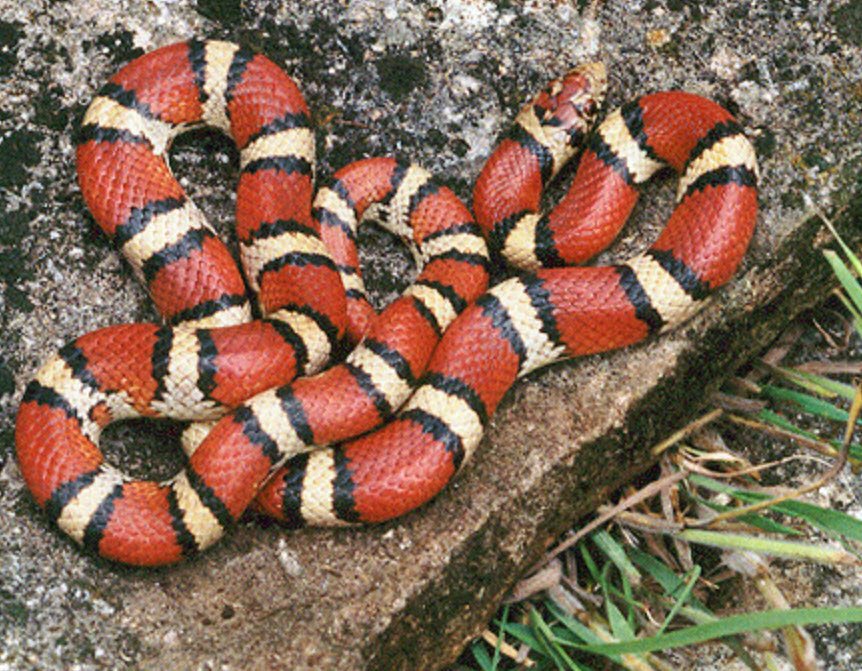
8. Brown Snake (Storeria dekayi)
Brown Snakes are small and slender, commonly found in gardens, woodlands, and grasslands. They have a light brown body with darker markings.
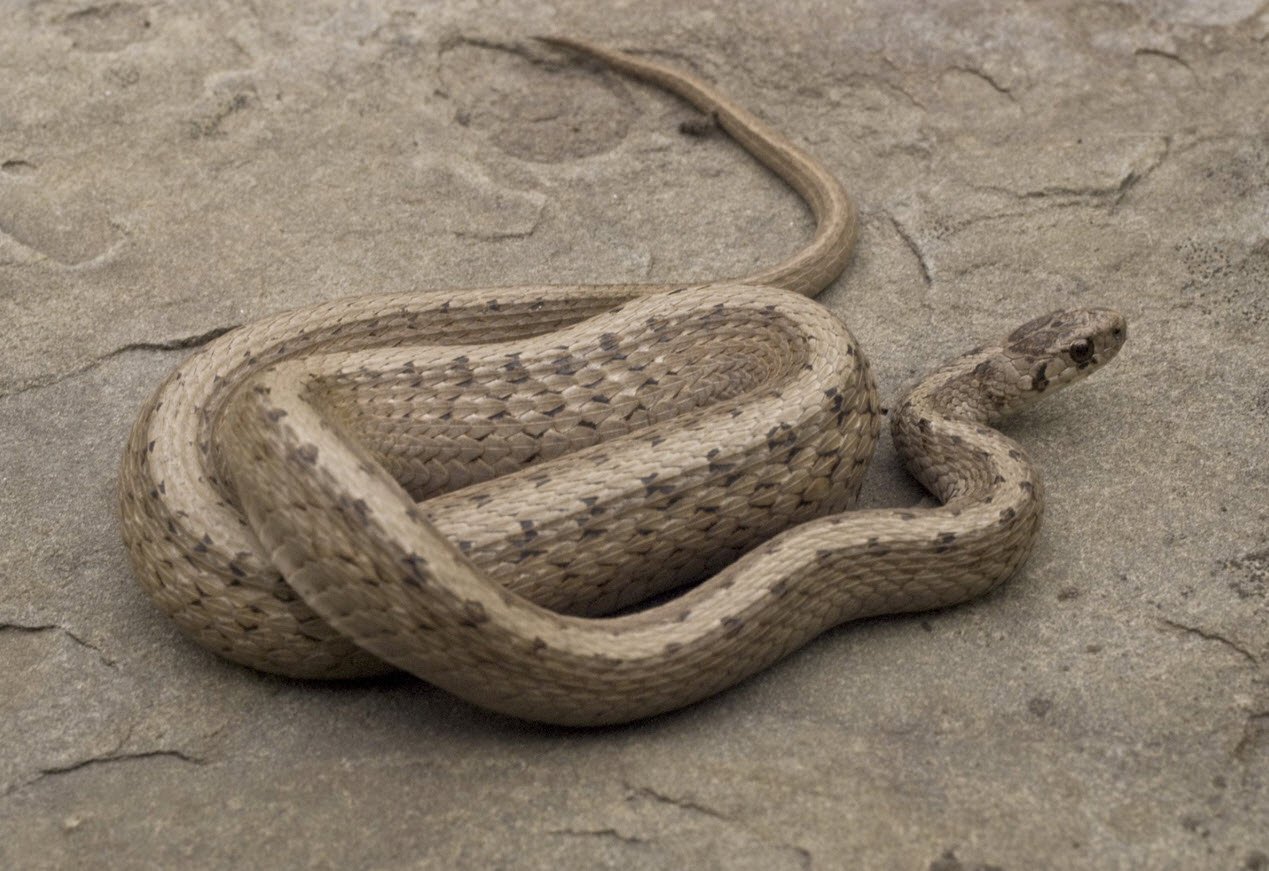
9. Smooth Green Snake (Opheodrys vernalis)
True to its name, the Smooth Green Snake possesses a bright green coloration and a slender body. It thrives in grasslands and open woodlands.

10. Queen Snake (Regina septemvittata)
The Queen Snake is highly aquatic and is often found in rivers and streams. It primarily feeds on crayfish, making it an essential part of the aquatic ecosystem.

11. Northern Ribbon Snake (Thamnophis sauritus septentrionalis)
Known for its long and slender body, the Northern Ribbon Snake is usually found near water bodies, feeding on small fish, amphibians, and insects.

12. Kirtland’s Snake (Clonophis kirtlandii)
Kirtland’s Snake is a small and elusive species, primarily found in marshy areas and grasslands. Its appearance includes a dark-colored body with distinctive spots.
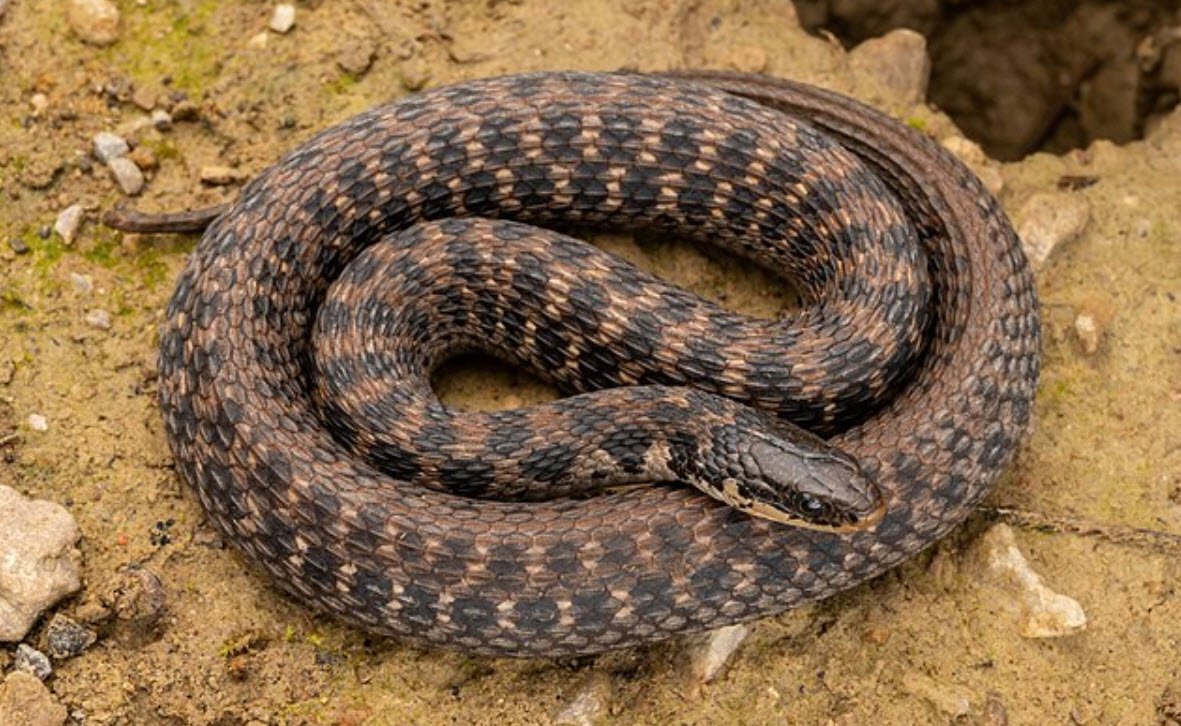
13. Northern Water Snake (Nerodia sipedon)
Northern Water Snakes are abundant and highly adaptable, dwelling near water bodies. They are nonvenomous and play a vital role in controlling aquatic pests.

14. Eastern Garter Snake (Thamnophis sirtalis)
The Eastern Garter Snake is one of the most common snakes in Michigan, known for its distinct stripes and a wide range of habitats, including gardens, grasslands, and woodlands.

15. Eastern Hognose Snake (Heterodon platirhinos)
The Eastern Hognose Snake is recognized by its upturned snout. It inhabits sandy areas, grasslands, and forests, and it’s known for its fascinating defense mechanisms, including playing dead.

Understanding the diversity of snake species in Michigan is vital for conservation efforts and fostering a coexistent relationship between humans and these important members of the ecosystem.
Education and awareness play crucial roles in dispelling misconceptions and promoting appreciation for the valuable roles these snakes play in our environment.



